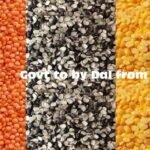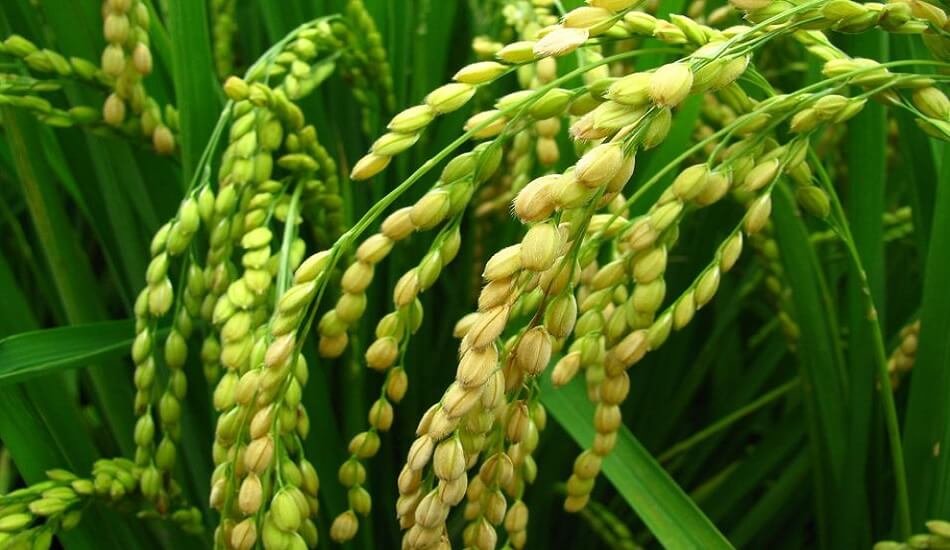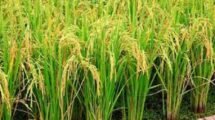Scientists developed 27 new high yielding rice varieties that suit different climates of India
Scientists have come up with new types of rice that grow well in the different climates of India’s different growing regions and give higher yields. This is part of a big push to help India’s economy by making rice farmers more productive.
After a series of on-farm trials (OFT) in four rice-growing states, including Bihar, Chhattisgarh, Odisha, and Uttar Pradesh, researchers found promising rice varieties that can adapt to the different environments in the country, making them more productive.
Also Read | MP Agri University developed new varieties of Wheat, Rice, Oats, Niger suitable for other states.
Getting approval (validation) and promote
A total of 27 new varieties, including some pipeline varieties, were validated. In a statement, the International Rice Research Institute (IRRI) said that they were chosen by more than nine partners in the Indian National Agricultural Research and Education System (NARES) breeding network.
These chosen varieties will be widely promoted through demonstrations and compared to the varieties that are already used, they are expected to help increase rice yield and profit. The researchers also want to get these varieties into the seed chains of each state so that farmers can get good seeds quickly.
The new types of rice were grown in India during the Kharif season in 2021, which is the wet season from July to October. The OFTs were done according to a scientific plan, with the nominated improved varieties from the NARES partners going after specific rice-growing environments and popular market segments.
Together with government organizations like Krishi Vigyan Kendra (KVK), State Agricultural Universities (SAU), and non-government organizations (NGOs), a total of 559 field trials were done. During these trials, farmers and extension workers told researchers what they thought about the different varieties.
Swati Nayak, South Asia Lead-Seed Systems and Product Management at IRRI, said, ‘The most important first steps to help Indian farmers increase their yield and productivity are to develop and find rice varieties that do well in the conditions of their farms.’
From the tests, researchers were able to find certain types of rice that did well in different farm locations and environments.
Nayak said, ‘The identified new varieties when put in the seed system in the right way, can lead to real genetic gains on the farmer’s field.’
India is the world’s largest exporter of rice and the second-largest producer of rice. It grows rice on 43.86 million hectares of land in different climates, soils, and water conditions, and each hectare produces about 2610 kg (2021) of rice.
Also Read | India harvesting largest rice crop in history, creates problem for protesting farmers.
India’s annual rice production went from 53.6 million tonnes in 1980 to an estimated record of 129.66 million tonnes in 2021-22, according to the government’s third advance estimate. The average for the last five years was 116.44 million tonnes, and West Bengal and Uttar Pradesh were the top two growing areas.
The India Seed System and Product Management team of the IRRI held a two-day online technical workshop at the beginning of this month to talk about the results of the trials.


















Add Comment